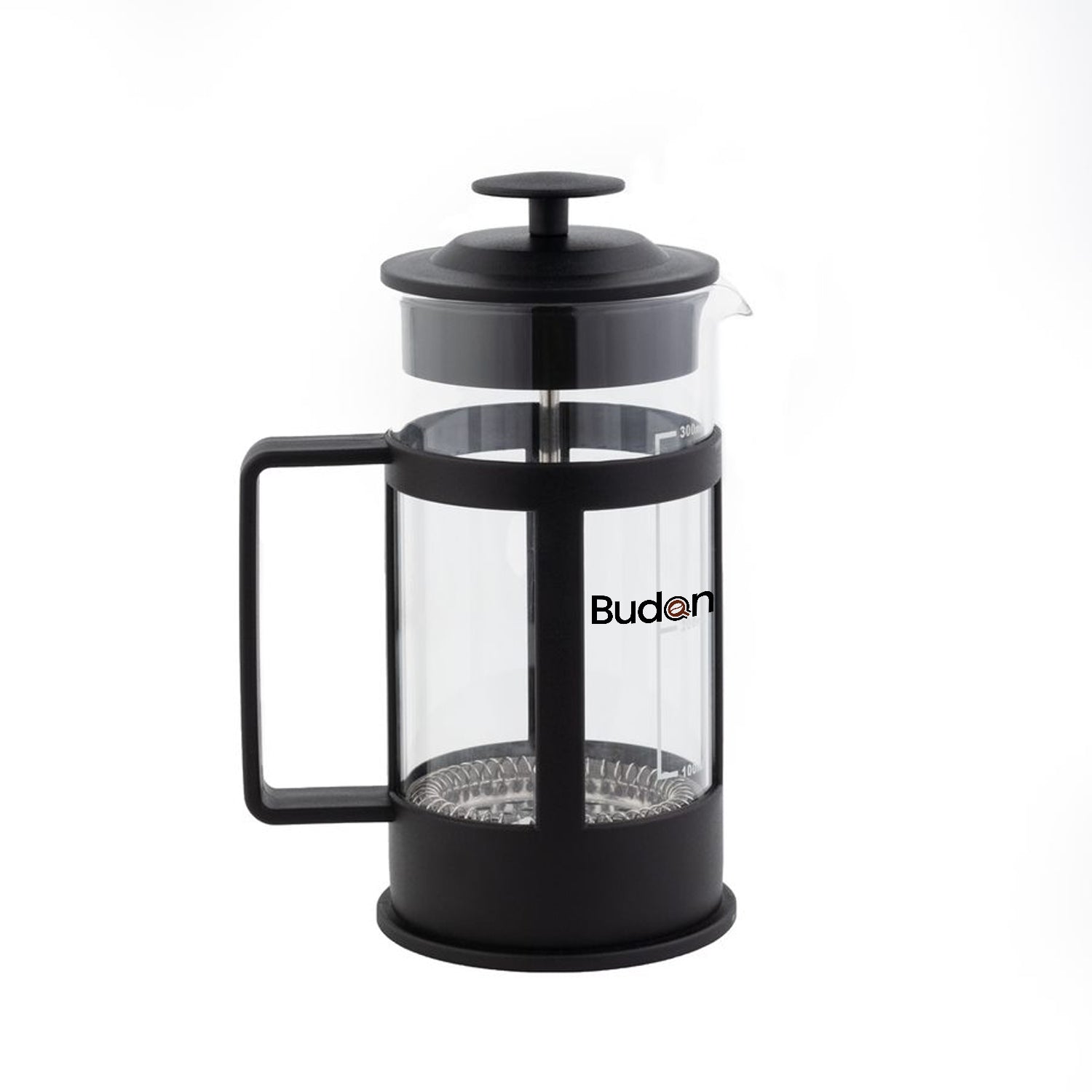If espresso is the heart of coffee culture, then dialing in your grinder is the heartbeat that keeps it consistent. Even with the best beans and a top-tier machine, your espresso can taste sour, bitter, or flat without proper grind adjustment. Mastering this process—known as dialing in—is the difference between “just okay” shots and café-quality espresso at home.
In this guide, we’ll break down the science and technique of adjusting your grinder so you can enjoy balanced, sweet, and flavorful espresso every time.
What Does “Dialing In” Mean?
“Dialing in” refers to the process of fine-tuning your grinder and recipe variables to achieve the ideal extraction from your espresso shot. A well-dialed shot balances:
-
Acidity (from bright compounds that extract first)
-
Sweetness (from complex sugars and aromatics)
-
Bitterness (from compounds that extract last)
The goal is to maximize sweetness, while keeping acidity lively and bitterness clean, not harsh.
Your grinder is the main control lever because grind size dictates flow rate and extraction speed. A slight adjustment of a burr or two clicks finer/coarser can dramatically change the flavor.
The Core Variables of Espresso
Before adjusting, you need to understand the baseline recipe. Most baristas start with the 1:2 brew ratio:
-
Dose (in): Coffee in the portafilter (e.g., 18 g)
-
Yield (out): Espresso liquid in the cup (e.g., 36 g)
-
Time: 25–30 seconds
From this foundation, you tweak grind size to hit time and taste.
Other important variables:
-
Bean freshness: Beans degas CO₂ over days/weeks; too fresh = gassy, too old = flat.
-
Roast level: Light roasts need finer grinds and longer extractions; darker roasts flow faster, needing coarser grinds.
-
Water temperature & pressure: Stable machines at ~93–96°C and ~9 bars are ideal, but grind adjustments can compensate if things shift.
Step-by-Step: How to Dial In Your Grinder
1. Start With Fresh Beans and Baseline Recipe
-
Use beans roasted within 2–4 weeks.
-
Set your machine to 18 g in, 36 g out, ~27 seconds as the starting point.
-
Purge your grinder (grind a gram or two to clear old grounds).
2. Pull a Test Shot
Grind, dose, tamp, and pull a shot. Record:
-
Time (start when pump activates).
-
Weight of output.
-
Taste notes (sour, sweet, bitter).
3. Evaluate Flow and Taste
|
Shot Result |
Likely Problem |
Grind Adjustment |
Taste Outcome |
|
Shot gushes, <20s |
Grind too coarse |
Go finer |
Under-extracted: sour, sharp, thin |
|
Shot chokes, >35s |
Grind too fine |
Go coarser |
Over-extracted: bitter, dry, hollow |
|
Shot hits 25–30s but tastes off |
Recipe mismatch |
Adjust dose or yield |
Balance acidity/sweetness/bitterness |
4. Adjust in Small Increments
Espresso grinders are hyper-sensitive. Move the burrs in tiny clicks or half-steps. Test again with the same dose/yield, then re-evaluate.
5. Repeat Until You Hit Sweetness
When the flavors “round out” with a syrupy body, clean acidity, and no harsh bitterness, you’ve found your dial.
Beyond Grind Size: Other Tweaks
Dialing in starts with grind size, but don’t ignore other tools in your kit:
-
Dose adjustments: Adding 0.5–1 g more coffee increases resistance, slowing shots slightly.
-
Yield changes: Pulling a shorter shot (e.g., 1:1.8 ratio) emphasizes body and intensity; longer shots (1:2.5) highlight clarity and acidity.
-
Distribution & tamping: Uneven pucks create channeling (water finding shortcuts), ruining even grind adjustments. Use a distribution tool or WDT (Weiss Distribution Technique) for uniform density.
Troubleshooting Common Espresso Problems
Sour, Sharp, or Salty Shots
-
Likely under-extracted.
-
Fix: Grind finer or increase brew ratio time.
Bitter, Dry, or Hollow Shots
-
Likely over-extracted.
-
Fix: Grind coarser or reduce extraction yield.
Uneven Flow (Channeling)
-
Caused by poor puck prep, not just grind.
-
Fix: Distribute evenly, tamp flat, and keep the basket clean/dry.
Weak, Watery Body
-
The ratio may be too high (too much water).
-
Fix: Reduce yield (1:1.8 instead of 1:2.5) for more texture.
Grinder Types and Their Impact on Dialing In
Espresso-Capable Burr Grinders
These grinders have fine adjustment controls, letting you make tiny changes crucial for espresso. Examples: Baratza Sette 270, Eureka Mignon, Niche Zero.
Stepless vs Stepped Grinders
-
Stepless: Infinite control; great for precision but requires practice.
-
Stepped: Easier for beginners; may lack micro-adjustments needed for certain beans.
Conical vs Flat Burrs
-
Conical burrs: Slightly more fines, forgiving, rich mouthfeel.
-
Flat burrs: More uniform, highlighting clarity and nuance.
Whichever you choose, consistency is the goal. A stable grinder makes dialing repeatable instead of guesswork.
The Science Behind Extraction
Dialing in isn’t random—it’s physics and chemistry:
-
Surface area: Finer grinds increase contact, speeding extraction.
-
Resistance: Tighter particles slow water flow, extending contact time.
-
Solubility curve: Acids extract first (sour), then sugars (sweet), then bitter compounds. The art is stopping in the “sweet zone.”
Think of it as a race: you want to cross the finish line just as sweetness peaks—before bitterness dominates.
Pro Tips for Consistent Dial-Ins
-
Weigh everything – Dose and yield by grams, not eyeballs.
-
Time every shot – Stopwatch or machine timer.
-
Adjust one variable at a time – Grind first, then dose/yield if needed.
-
Purge old grounds – Always grind a little to clear retention.
-
Warm up your machine – Stable group head temp = stable extraction.
-
Taste back-to-back – Compare adjustments side by side for clarity.
-
Log recipes – Keep a notebook: bean, dose, yield, grind setting, taste.
Dialing In for Different Beans
-
Light roasts: Harder, denser → need finer grind and longer time. Expect brighter acidity.
-
Medium roasts: Sweet spot for balance → easier dialing, forgiving on grind.
-
Dark roasts: More soluble → need coarser grind and shorter shot to avoid bitterness.
Adjust expectations: not all beans will hit the same flavor targets. The dial changes with each bag.
When to Re-Dial Your Grinder
-
New bag of beans – Even the same blend varies by roast date.
-
Bean age shift – After a week, beans degas differently, needing finer grind.
-
Environment changes – Humidity and temperature affect grind flow.
-
Machine change – Different baskets, pressures, or temps may require recalibration.
Think of dialing in as an ongoing process, not a one-time setup.
The Payoff: Perfect Espresso Every Time
Dialing in may sound like a chore, but it’s the craft of espresso. Once you master it:
-
Every shot has syrupy sweetness and balanced acidity.
-
Your grinder works with you, not against you.
-
You save beans by making purposeful adjustments, not random guesses.
-
You enjoy café-quality espresso at home, tailored to your taste.
Final Thoughts
The key to dialing in your espresso grinder is patience, precision, and practice. Start with a baseline recipe, make small adjustments, and taste analytically. Over time, your grinder clicks will feel intuitive, and you’ll know by taste (and even by sight of the shot flow) how to tweak for perfection.
Remember: a grinder isn’t just a tool—it’s your espresso steering wheel. Learn to drive it, and you’ll enjoy endless, consistently delicious shots every single day.


























